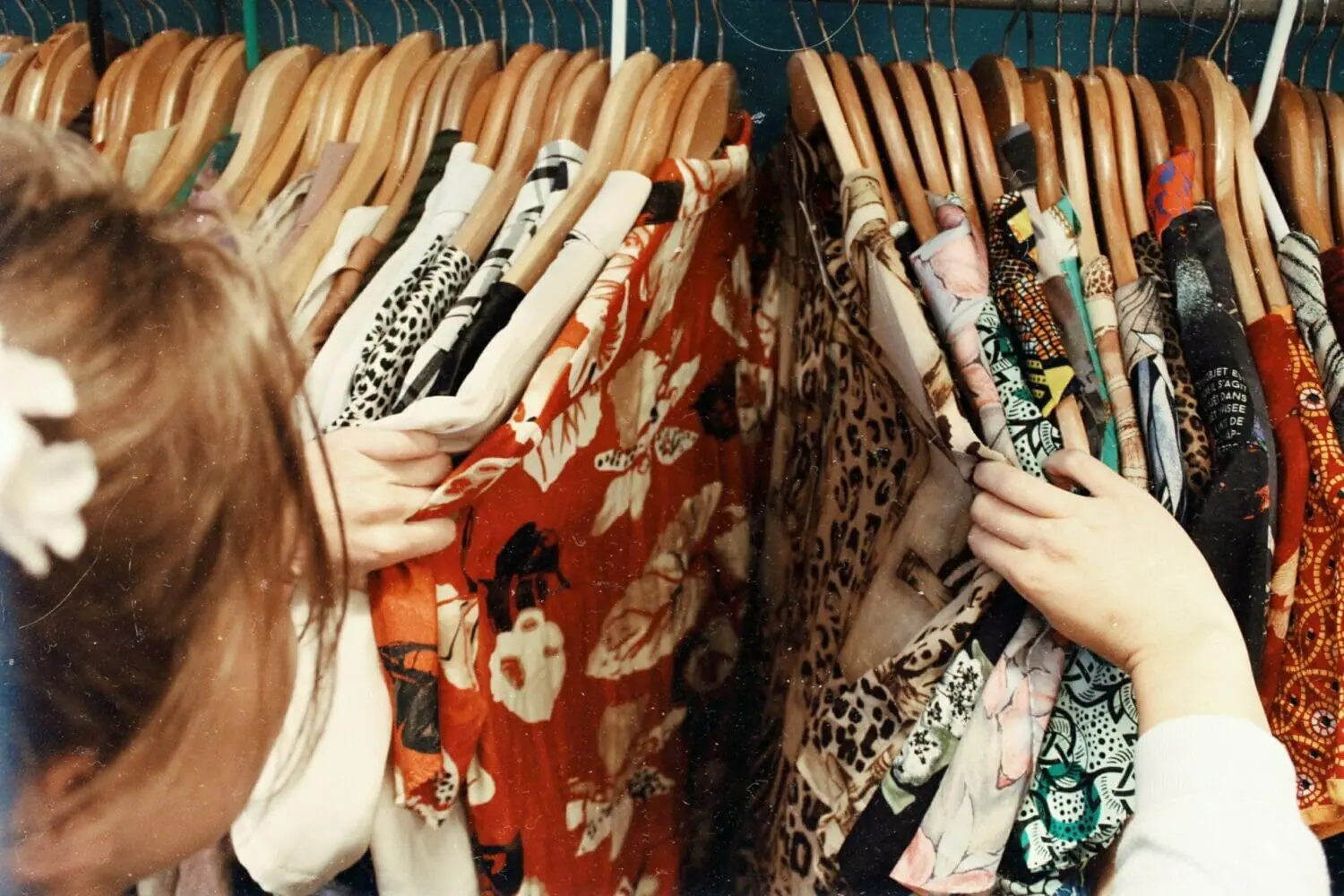Take a peek inside your closet. From your skinny jeans to your favourite graphic tee, there are several pieces of contemporary popular clothing that were created and popularized by social and political movements.
Denim jeans
A clear example of how social movements both create and are shaped by fashion is the story of denim jeans.
Jeans were invented by Latvian-born American tailor Jacob W. Davis in the late 1800s. From his tailor shop in Reno, Nevada, Davis created the first pair of jeans for a woodcutter, though they would later become incredibly popular with miners.
Davis was intent on patenting his creation but didn’t have the money to do so. So, in 1872, he wrote a letter to his fabric supplier — a San Franciscan businessman named Levi Strauss — to help him pay for the patent. Strauss agreed, and the two got a patent for denim jeans a year later.
Through mass production, which, at the time, was only a recent phenomenon of the Industrial Revolution, Davis’ creation became common attire for the working class.
In the 1950s and ’60s, jeans were suddenly taken out of workspaces and started being shamelessly worn by stars in movies and TV shows. Such actors included Marlon Brando, Elvis Presley and Marilyn Monroe.
Perhaps the star who popularized denim jeans the most was James Dean through his role in the 1955 film Rebel Without a Cause. His character’s iconic blue jeans became a symbol of rebellion for youth fighting against the strict demands of their parents and society.
Miniskirts and military influence
The creation of miniskirts came along with the rise of second-wave feminism in the ’60s and ’70s. Mary Quant is often credited as a pioneer of the miniskirt. Born in London, Quant was a fashion designer who re-invented skirts by dramatically reducing their length and width.
The vibrant colours and exposed skin which characterized miniskirts challenged conservative values in a way that was fitting with the feminist movement that was shaking up the world at the time.
It was also in the early ’60s that birth control pills first became legally available in countries such as the United States. This led to women not only being more likely to complete higher education, but also being freer to discover and take joy in their sexuality. The miniskirt seemed to be a celebration of this greater sexual freedom.
When the flower power and hippie movements started gaining force in the ’60s and ’70s in the U.S., military style patterns like camouflage became characteristic fashion for youth advocating against the war in Vietnam. By wearing clothes with styles traditionally assigned to military personnel, these young people were evidently mocking the authority and power the U.S. military and government held over them.
Thrift shopping and graphic tees
All these different historical fashion trends have come together to form the reality we see in 2019 when it comes to fashion as a political statement.
Individuals don’t just use their clothing as a political statement anymore, but also think about their method of shopping. Specifically, thrift shopping has gained much popularity in recent years. Individuals are showing large companies that the public is no longer willing to compromise for the unsustainable and unethical practices of fast fashion.
One specific clothing item that has been used for decades and is still used today to showcase political ideologies is the graphic t-shirt. They were originally popularized in the 1970s with the punk movement and increasing popularity of band logos like the Rolling Stones. However, they were also used at the time as a canvas for anti-war protest.
Recently, activist groups such as Guerilla Girls (a group of anonymous female artists who fight against systematic gender discrimination in the art world) have used the graphic tee to promote their activism.
Ultimately, fashion and political activism have a profound connection given that both affirm the power in non-conformity and change. Both have influenced each other in history and will likely continue to do so in the years to come.
“Facts of Fashion” is a rotating fashion column in the Gazette’s Arts & Lifestyle section explaining current and historical fashion trends. Pitch your ideas to arts@dalgazette.com.


Recent Comments